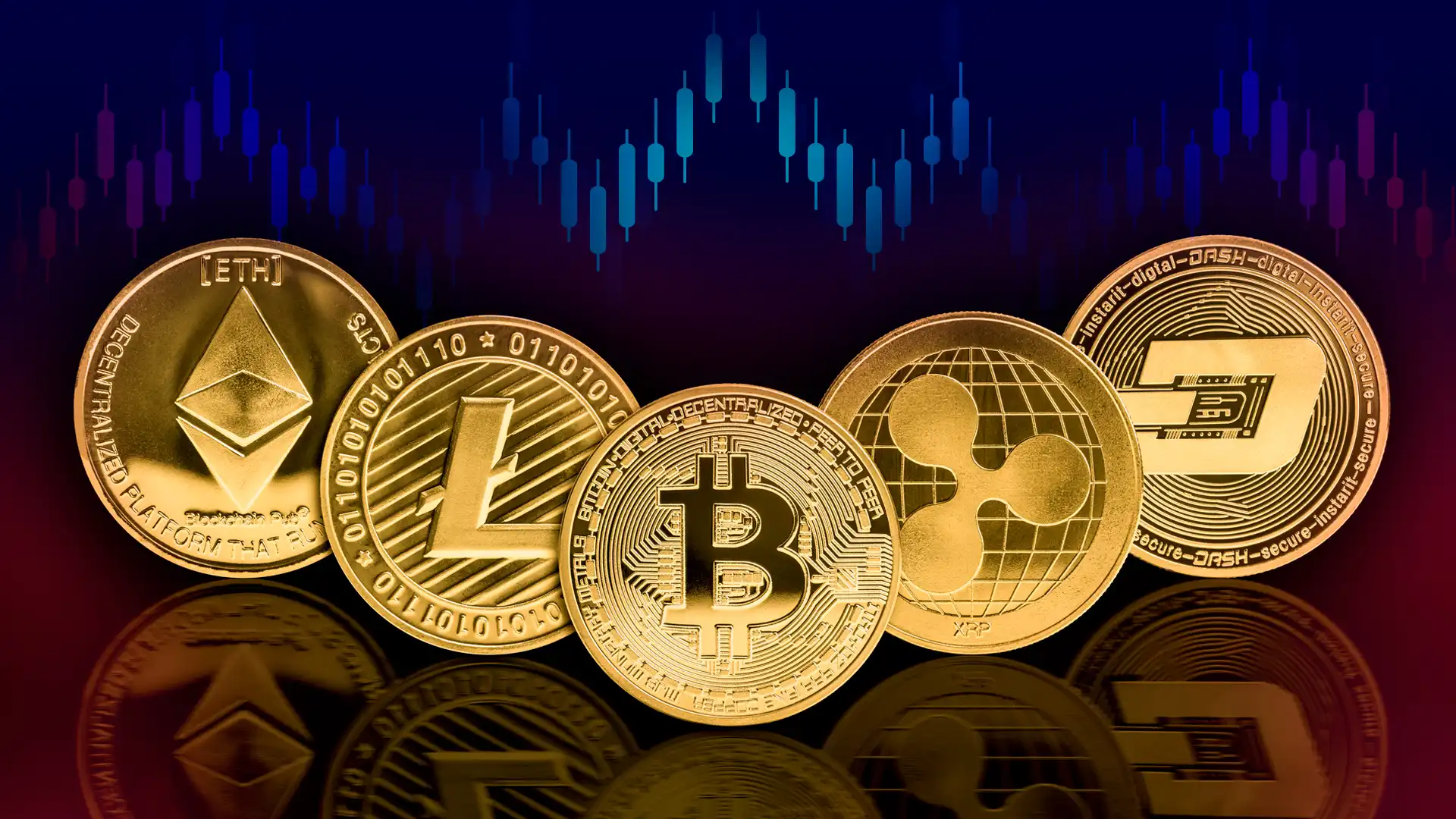Cryptocurrency, particularly Bitcoin, has surged in popularity in recent years. Whether you’re looking to invest, diversify your portfolio, or simply curious about the world of digital currency, buying and selling Bitcoin can be a lucrative venture. In this guide, we’ll delve into the intricacies of purchasing and selling Bitcoin, exploring the process, popular platforms, security measures, market trends, and more.
Table of Contents
Introduction
So, you’ve heard about Bitcoin, the decentralized digital currency that’s taking the world by storm. But what exactly is it, and how can you get in on the action? In this section, we’ll provide a brief overview of Bitcoin and why it’s worth considering as an investment or transactional tool.
What is Bitcoin?
At its core, Bitcoin is a digital currency that operates independently of any central authority or government. It utilizes blockchain technology to record transactions securely and transparently, making it virtually immune to fraud and manipulation. Unlike traditional fiat currencies, such as the US dollar or euro, Bitcoin is decentralized, meaning it’s not controlled by any single entity.
How to Buy Bitcoin
So, you’re ready to dip your toes into the world of Bitcoin. But how exactly do you go about buying it? Fear not, as we’ve compiled a step-by-step guide to help you navigate the process with ease.
Step 1: Choose a Wallet
Before you can buy and sell bitcoin, you’ll need a digital wallet to store it securely. Wallets come in various forms, including online, mobile, desktop, and hardware options. Research different wallet providers to find one that meets your needs in terms of security and convenience.
Step 2: Select a Platform
Next, you’ll need to choose a platform or exchange where you can buy Bitcoin. Popular options include Coinbase, Binance, and Kraken, each offering its own set of features and fees. Compare different platforms to find one that offers competitive rates and a user-friendly interface.
Step 3: Verify Your Identity
Most platforms require users to verify their identity before buying Bitcoin, as part of Know Your Customer (KYC) regulations. This typically involves providing personal information and documentation, such as a driver’s license or passport.
Step 4: Place Your Order
Once your account is set up and verified, you can place an order to buy Bitcoin. Specify the amount you wish to purchase and the payment method you’d like to use, such as a bank transfer or credit card.
Step 5: Secure Your Bitcoin
After completing your purchase, transfer your Bitcoin to your digital wallet for safekeeping. Be sure to follow best practices for security, such as enabling two-factor authentication and keeping your private keys offline.
Popular Platforms
With a plethora of platforms available, choosing the right one can be overwhelming. Here are some of the most popular options for buying Bitcoin:
- Coinbase: Known for its user-friendly interface and high liquidity, Coinbase is often recommended for beginners.
- Binance: Offering a wide range of cryptocurrencies and advanced trading features, Binance appeals to more experienced traders.
- Kraken: With a focus on security and regulatory compliance, Kraken is a popular choice among institutional investors and professional traders.
Security Measures
Security is paramount when dealing with Bitcoin, given its digital nature and potential for theft. Here are some essential security measures to keep in mind:
Use a Secure Wallet
Choose a reputable wallet provider with robust security features, such as encryption and multi-factor authentication.
Beware of Phishing Scams
Be wary of phishing scams and fraudulent websites that may attempt to steal your personal information or Bitcoin.
Keep Your Private Keys Safe
Your private keys are essential for accessing your bitcoin Australia, so keep them offline and away from prying eyes.
Stay Updated on Security Best Practices
Stay informed about the latest security threats and best practices for safeguarding your Bitcoin holdings.
Understanding Fees
While buying Bitcoin can be relatively straightforward, it’s essential to understand the fees involved. Here’s a breakdown of the typical fees you may encounter:
Transaction Fees
Most platforms charge a fee for buying or selling Bitcoin, typically a percentage of the transaction amount.
Exchange Fees
In addition to transaction fees, some platforms may also charge exchange fees for converting fiat currency to Bitcoin or vice versa.
Withdrawal Fees
When transferring Bitcoin to an external wallet, you may incur withdrawal fees depending on the platform’s policies.
How to Sell Bitcoin
Selling Bitcoin follows a similar process to buying it, albeit in reverse. Here’s a brief overview of how to sell your Bitcoin holdings:
Step 1: Choose a Platform
Select a platform or exchange where you can sell your Bitcoin, taking into account factors such as fees, liquidity, and security.
Step 2: Verify Your Identity
As with buying Bitcoin, most platforms require users to verify their identity before selling Bitcoin, to comply with regulatory requirements.
Step 3: Place Your Sell Order
Specify the amount of Bitcoin you wish to sell and the desired payment method, then place your sell order on the platform.
Step 4: Transfer Your Funds
Once your sell order is executed, transfer the proceeds to your linked bank account or digital wallet.
Choosing a Platform
When it comes to selling Bitcoin, choosing the right platform is crucial. Consider factors such as fees, security, liquidity, and ease of use when selecting a platform to sell your Bitcoin holdings.
Market Trends
The cryptocurrency market is notoriously volatile, with prices fluctuating rapidly based on various factors such as market demand, regulatory developments, and investor sentiment. Stay informed about market trends and developments to make informed decisions when buying and selling Bitcoin.






